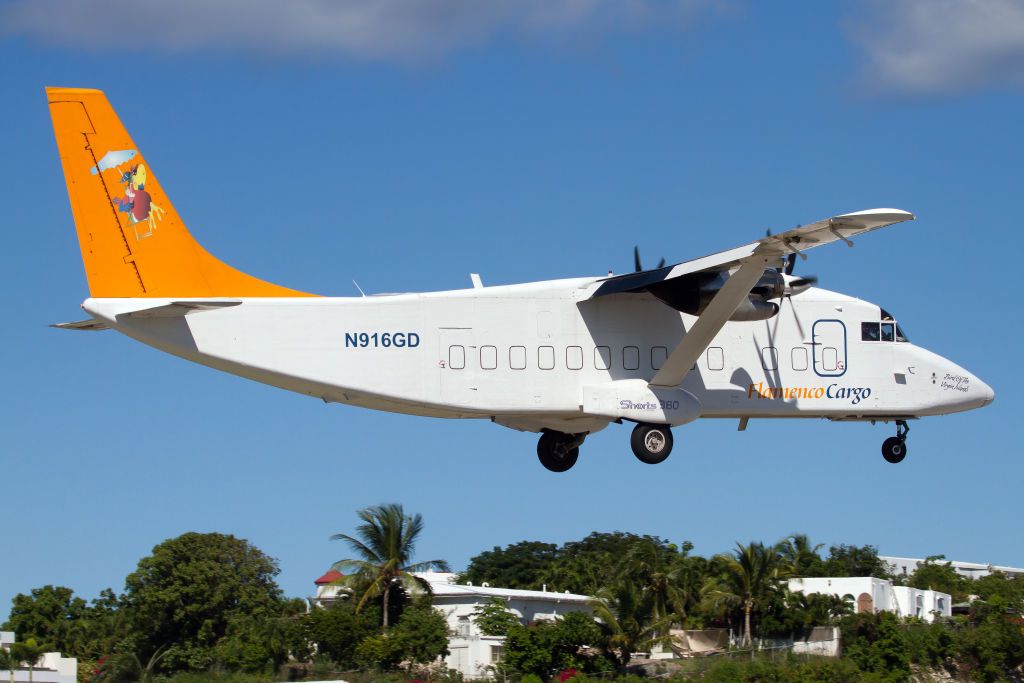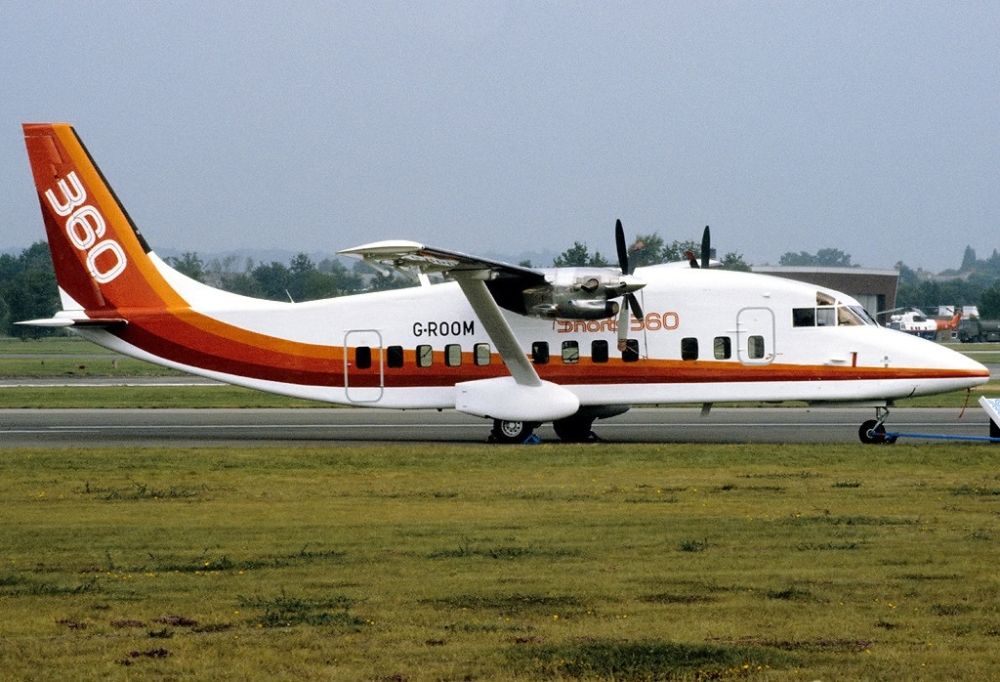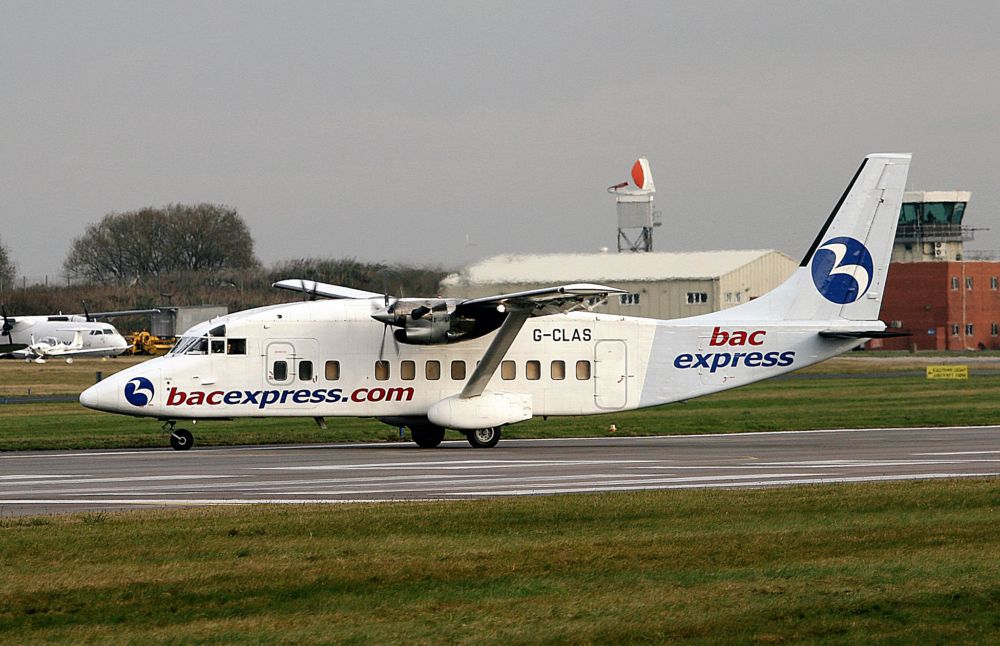Northern Ireland is no stranger to regional aircraft. Much of its air traffic sees small regional jets and turboprops ferrying passengers to and from the British mainland. However, did you know that the country has produced its own regional turboprops?
A developing market
Northern Irish aircraft manufacturer Short Brothers has a history of producing small, commuter-style turboprop aircraft. The 1960s saw the company introduce its SC.7 'Skyvan.' This 19-seat aircraft, which received the nickname 'The Flying Shoebox,' eventually became better suited to short-haul cargo missions, and has also been used for skydiving.
Moving into the 1970s, Short produced a larger development of the Skyvan known as the Short 330. This 30-seat turboprop was designed with US regulations for commuter airlines in mind, and, unusually, its fuel tanks were located above the passenger cabin.
However, as the market for such aircraft developed, Short identified the potential to make its planes larger still. This resulted in the design and production of the Short 360, which offered operators greater capacity, albeit with a slightly shorter range. It made its first flight in June 1981, and entered service the following November in the US.
The Short 360 could seat 36 passengers, compared to the 30 that its predecessor, the Short 330, accommodated. This came about due to its increased length. Specifically, it measured 21.58 meters long, compared to just 17.69 in the case of the 330. Their wingspans were close to identical, with the 360's just being wider at 22.81 meters compared to 22.76 for the 330. Correspondingly, their wings both had an area of around 42.1 square meters
The 360 was also considerably taller than its predecessor, clocking in at 7.21 meters in height. Meanwhile, the 330's highest point was a mere 4.95 meters above the ground. In terms of performance, the 360 was faster than the 330, but with a slightly shorter range.
It typically cruised at around 330 km/h (180 knots), and had a maximum speed of 404 km/h (218 knots). Meanwhile, the 330 could only manage 300 km/h (160 knots) and 350 km/h (190 knots) in these metrics. However, it did have a range of 1,695 km (915 NM). This saw it fare better than the larger and faster 360, whose figure was 1,595 km (861 NM).
Stay informed: Sign up for our daily and weekly aviation news digests.
Variants and production history
Short produced the 360 for 10 years, before bringing its production to a close in 1991. During this time, it produced a total of 165 examples of the 360. From 1984 to 1990, it also offered a military transport version known as the C-23 'Sherpa.' The C-23B+ was developed from the 360, while the C-23A and C-23B were based on the older 330.
Short's first version of the 360 was known as the 360-100. However, 1985 saw it introduce the '360 Advanced,' which had more powerful engines. It later redesignated this as the 360-200. A further development saw the 360-300 arise, boasting six-blade propellers compared to the usual five. This also formed the basis of the 360-300F freighter.
Did you know about the Short 360? Perhaps you've even flown on one before? Let us know your thoughts and experiences in the comments!



